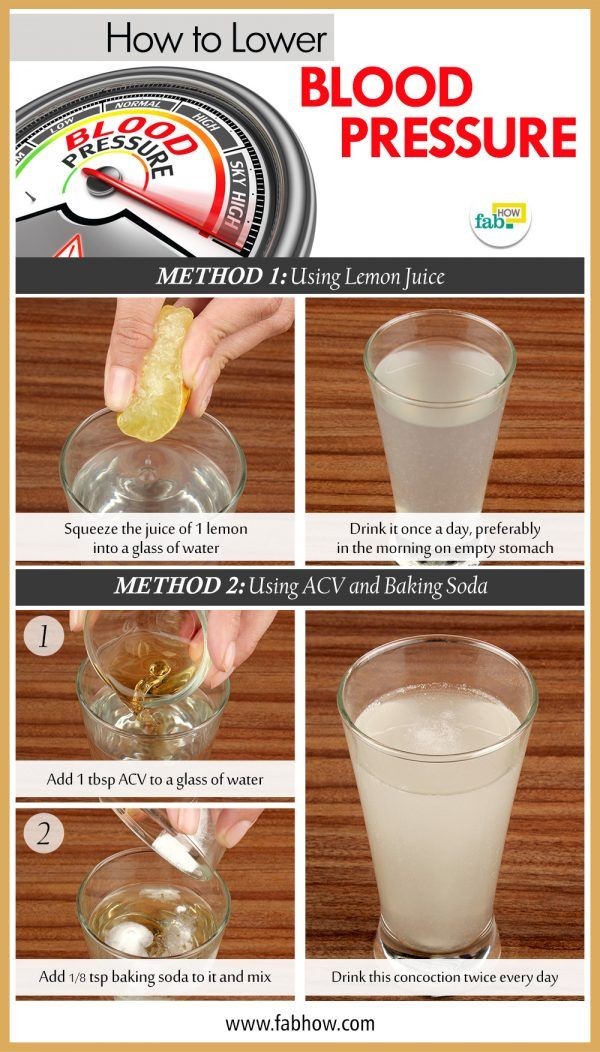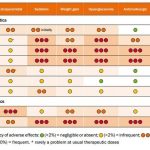
Contents
- 1 Lowering Blood Pressure Immediately: A Quick Guide
- 1.0.1 Lowering the Bottom Blood Pressure Number: What You Need to Know
- 1.0.1.1 1. Maintain a healthy weight
- 1.0.1.2 2. Reduce central obesity
- 1.0.1.3 3. Stay physically active
- 1.0.1.4 4. Quit smoking
- 1.0.1.5 5. Get enough sleep
- 1.0.1.6 6. Manage stress
- 1.0.1.7 7. Eat heart-healthy foods
- 1.0.1.8 8. Limit saturated and trans fats
- 1.0.1.9 9. Reduce sodium intake
- 1.0.1.10 10. Increase potassium intake
- 1.0.1.11 11. Minimize sugar consumption
- 1.0.1.12 12. Limit caffeine and alcohol
- 1.0.1.13 13. Take medications as prescribed
- 1.0.2 Other Ways to Lower Blood Pressure
- 1.0.3 Understanding Blood Pressure
- 1.0.4 Understanding High Blood Pressure
- 1.0.1 Lowering the Bottom Blood Pressure Number: What You Need to Know
Lowering Blood Pressure Immediately: A Quick Guide
If you have high blood pressure (hypertension) without complications, the first step is to calm down and lie flat. If you experience serious complications such as a stroke or heart attack, seek medical help immediately. In less severe cases, start by taking deep breaths to relax. If this doesn’t work, consult a physician. It’s also important to continue taking antihypertensive medications when recommended, alongside lifestyle changes and diet modifications.
While medication is the primary option for treating high blood pressure, certain lifestyle changes can help lower it as well. Here are some tips to lower your blood pressure immediately without medication:
- Take a moment to relax and deep breathe to reduce stress and calm down.
- Drink water to prevent dehydration, which can raise your blood pressure.
- Engage in physical activity like walking or stretching to lower your blood pressure. Regular exercise is essential.
- Enjoy moderate amounts of dark chocolate, which contains flavonoids known for their blood pressure-lowering effects.
- Take a cold shower to constrict your blood vessels and reduce blood pressure.
- Avoid smoking and limit alcohol consumption.
It’s crucial to remember that these methods offer temporary relief and should not replace medical treatment. Consult a healthcare professional who can provide a suitable treatment plan based on your specific needs.
Lowering the Bottom Blood Pressure Number: What You Need to Know
When it comes to blood pressure readings, the bottom number, called diastolic blood pressure, depends on overall blood pressure. To lower your diastolic blood pressure, focus on lowering your overall blood pressure. Here are 13 lifestyle changes to help you achieve that:
1. Maintain a healthy weight
Being overweight is a major risk factor for high blood pressure. Aim for a BMI between 18.5-24.9 kg/m2.
2. Reduce central obesity
Excess fat around the waistline contributes to hypertension. Engage in exercises like jogging, walking, swimming, and high-intensity interval training (HIIT) to reduce belly fat.
3. Stay physically active
The American Heart Association (AHA) recommends 90-150 minutes of physical activity spread throughout the week or at least 30 minutes a day, five days a week.
4. Quit smoking
Smoking leads to plaque buildup in blood vessels, increasing blood pressure. Quitting smoking is crucial. Seek help from a healthcare professional or join a support program.
5. Get enough sleep
Quality sleep of 7-9 hours each night helps maintain healthy blood pressure.
6. Manage stress
Engage in activities that help you relax, such as walking in nature, listening to music, or pursuing hobbies. Deep breathing and meditation techniques can also be beneficial.
7. Eat heart-healthy foods
Include spinach, broccoli, carrots, apples, oranges, bananas, whole grains, nuts, beans, fat-free or low-fat dairy products, eggs, fatty fish, lean meat, skinless chicken or turkey, and eggs in your diet.
8. Limit saturated and trans fats
Avoid foods high in saturated and trans fats, such as fast food, fried food, and instant or frozen meals.
9. Reduce sodium intake
Limit daily sodium intake to 1,500 milligrams and avoid packaged or processed foods that are typically high in sodium.
10. Increase potassium intake
Eat potassium-rich foods like bananas and spinach to counteract the effects of sodium on blood pressure.
11. Minimize sugar consumption
Avoid foods and drinks with added sugars like soft drinks, cakes, pastries, cookies, and candies.
12. Limit caffeine and alcohol
Caffeine increases blood pressure, so avoid it before exercising if you already have high blood pressure. Drink alcohol in moderation: no more than 2 drinks per day for men and no more than 1 drink per day for women.
13. Take medications as prescribed
Follow the prescribed medication regimen and set reminders to ensure regular intake.
Other Ways to Lower Blood Pressure
Lifestyle changes effectively control high blood pressure and can reduce the need for blood pressure medications. Here are some additional changes to consider:
Weight loss: Shedding pounds significantly reduces blood pressure.
Daily exercise: Regular physical activity for 30 minutes a day can lower blood pressure by 5-8 mmHg.
Reduce sodium intake: Stick to the recommended daily intake of sodium and implement the Dietary Approaches to Stop Hypertension (DASH) diet.
Eat healthily: Avoid sodium, saturated fats, and cholesterol-rich foods and prioritize a balanced diet for better blood pressure control.
Increase potassium intake: Consume potassium-rich foods like fruits, vegetables, tuna, salmon, beans, nuts, and seeds to regulate heart rate and counteract sodium’s effects.
Avoid excessive alcohol consumption: Limit drinking to moderate levels and abstain from binge drinking.
Quit smoking: Smoking increases blood pressure, so quitting is essential for overall health.
Manage stress: Engage in stress-management techniques like relaxation exercises, hobbies, or regular monitoring of blood pressure at home.
Understanding Blood Pressure
Blood pressure reflects the force the blood applies to the inner artery walls. It fluctuates, increasing during excitement or stress and decreasing during relaxation. However, elevated resting blood pressure can lead to artery damage and stiffness. The chart below outlines the different blood pressure levels:
| Normal blood pressure | < 120 | < 80 |
| Elevated blood pressure or prehypertension | 120-129 | < 80 |
| Stage 1 hypertension | 130-139 | 80-89 |
| Stage 2 hypertension | 140 or higher | 90 or higher |
| Hypertensive crisis | Higher than 180 | Higher than 120 |
Understanding High Blood Pressure
High blood pressure or hypertension is often a silent condition affecting a significant number of people, including those unaware of their condition. Untreated hypertension raises the risk of heart diseases and strokes. It occurs due to the narrowing of small blood vessels called arterioles. This causes the heart to pump harder against the increased resistance, resulting in elevated blood pressure.
- High blood pressure is defined as consistent readings of 140 or higher for systolic or 90 or higher for diastolic.
- Readings above 180/120 mmHg are dangerously high and require immediate medical attention.
High blood pressure is associated with various health risks, including heart attacks, strokes, heart failure, vision loss, kidney failure, dementia, erectile dysfunction, and weak bones.
By agreeing to the MedicineNet Terms and Conditions, Privacy Policy, and receiving emails from MedicineNet, you acknowledge the importance of addressing and understanding high blood pressure.


